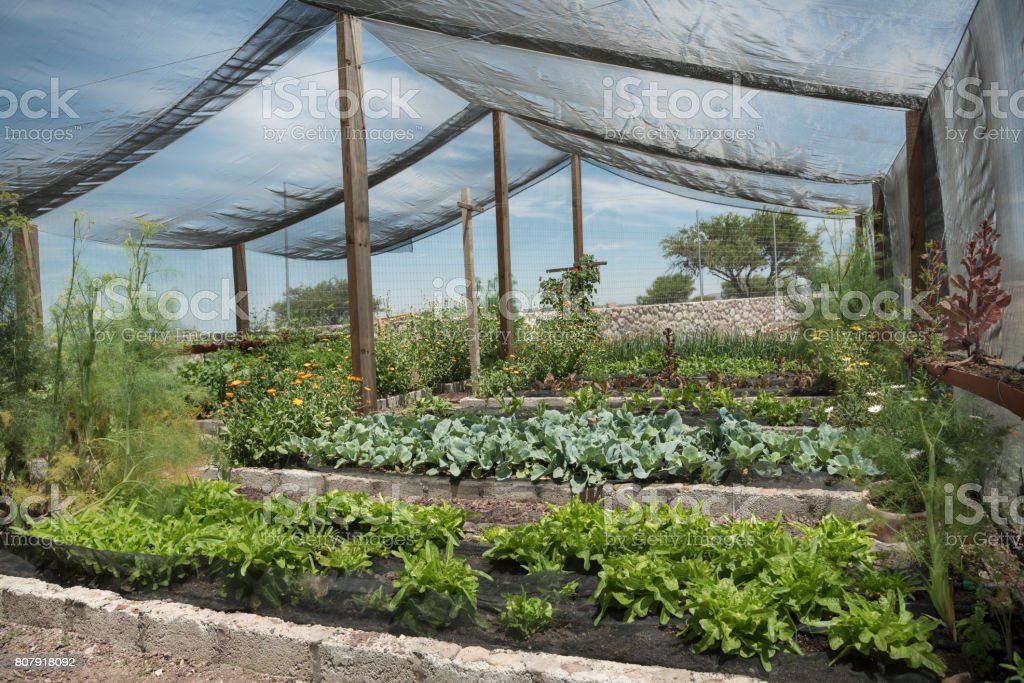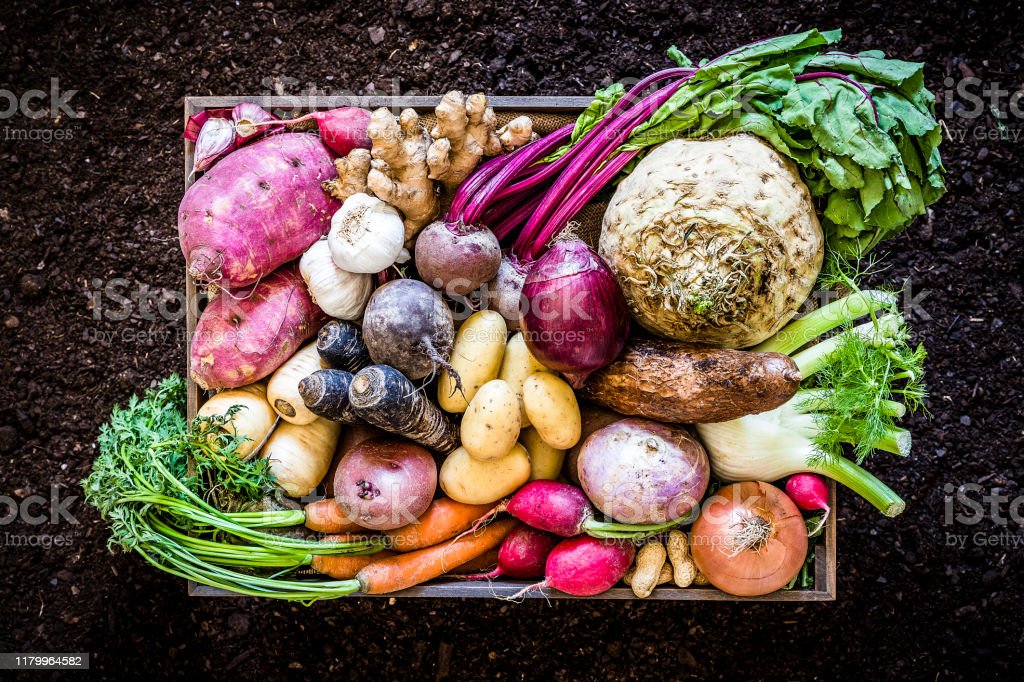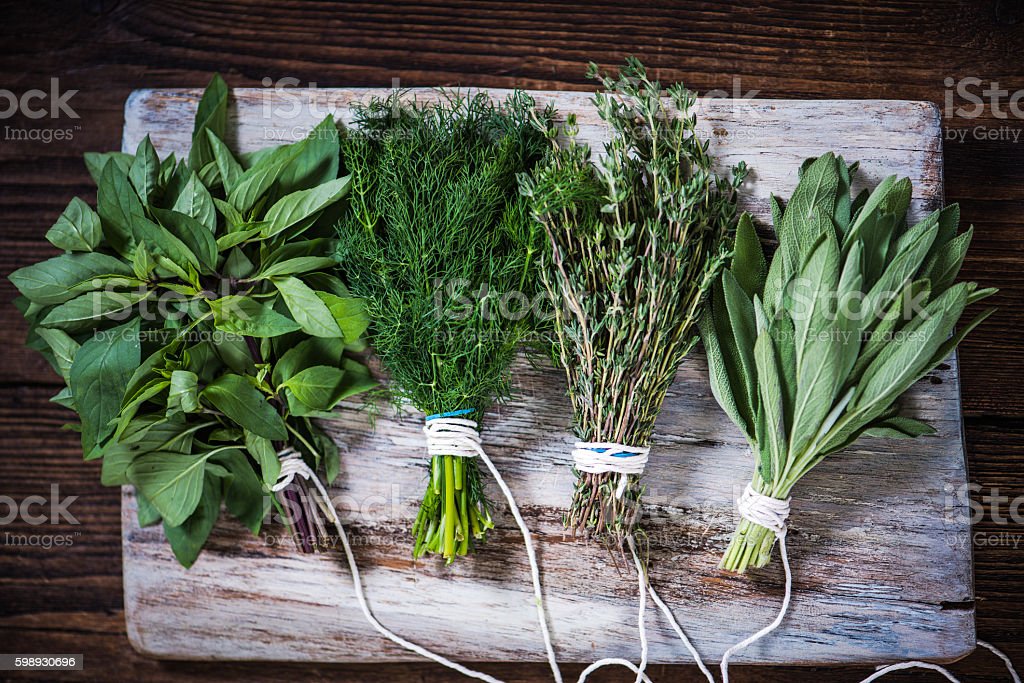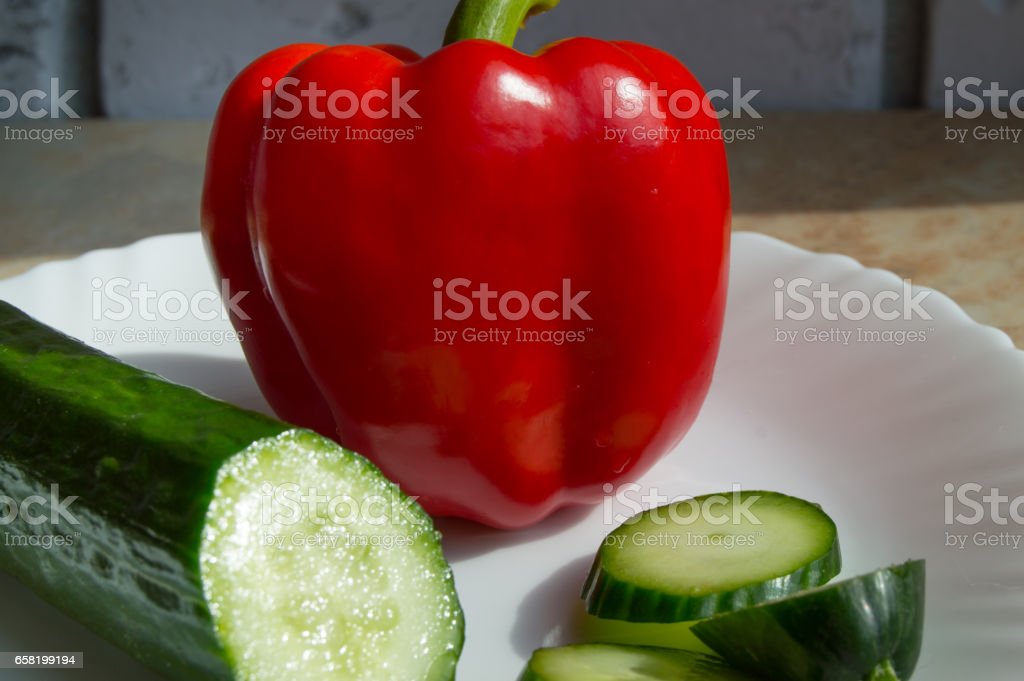
What vegetables grow in the shade?
Growing vegetables is a rewarding and economical way to ensure that you always have access to fresh produce. However, not everyone has access to a sunny plot of land to grow their crops. For those living in urban areas or with limited outdoor space, it can be challenging to find suitable conditions for growing vegetables. Fortunately, there are some vegetables that can thrive in the shade. In this article, we will explore what vegetables can grow in the shade and how to cultivate them successfully. Whether you have a small balcony or a shady backyard, you’ll be able to enjoy the satisfaction of growing your own fresh produce.
Leafy Greens

Leafy greens are a fantastic choice for anyone looking to grow vegetables in the shade. They are packed full of nutrients, including vitamins A, C, and K, as well as fiber and antioxidants. Additionally, they are low in calories, making them an excellent choice for anyone looking to maintain a healthy diet.
Examples of leafy greens that grow well in the shade
There are several types of leafy greens that thrive in the shade. Here are some examples:
- Spinach: Spinach is a cool-season crop that can tolerate some shade. It is high in vitamins A and C and can be eaten raw or cooked.
- Lettuce: Lettuce is another cool-season crop that prefers cooler temperatures and some shade. It is high in vitamin K and can be used in salads or sandwiches.
- Kale: Kale is a nutrient-dense leafy green that can be grown in partial shade. It is high in vitamins A, C, and K, as well as iron and calcium. It can be eaten raw or cooked and is a popular ingredient in smoothies and salads.
- Arugula: Arugula is a peppery-tasting leafy green that can grow in partial shade. It is high in vitamins A and C and is often used in salads and sandwiches.
- Mustard Greens: Mustard greens are a spicy leafy green that can tolerate some shade. They are high in vitamins A, C, and K and can be eaten raw or cooked.
Tips for growing leafy greens in the shade
When growing leafy greens in the shade, it is essential to choose a location that receives at least four hours of dappled sunlight each day. This can be achieved by planting them under trees or in areas that are partially shaded by buildings. It is also important to ensure that the soil is rich in nutrients and well-draining. Mulching can be helpful in retaining moisture and preventing weeds.
To ensure successful growth of leafy greens in the shade, it is important to pay attention to watering needs. Although they don’t need as much water as some other vegetables, they still need to be watered regularly to keep the soil moist. Leafy greens can also benefit from regular fertilization with a nitrogen-rich fertilizer to encourage growth.
Root Vegetables

Root vegetables are another excellent choice for growing in the shade. These vegetables are packed full of nutrients and are versatile in the kitchen. Some examples of root vegetables that can grow in partial shade include carrots, beets, radishes, turnips, and potatoes.
Examples of root vegetables that can grow in partial shade
Some examples of root vegetables that can grow in partial shade include:
- Carrots
- Beets
- Radishes
- Turnips
- Potatoes
- Onions
These vegetables can tolerate some shade and cooler temperatures, but it’s important to ensure that the soil is well-draining and rich in nutrients for successful growth. Additionally, consistent watering and regular fertilization can help promote healthy root development.
Tips for growing root vegetables in the shade
When growing root vegetables in the shade, it is important to choose a location that receives at least four hours of sunlight each day. Additionally, it is essential to prepare the soil by adding compost or other organic matter to improve soil quality and drainage. It’s also important to avoid over-watering to prevent rot and disease. Finally, be patient as root vegetables may take longer to mature in the shade compared to those grown in full sun.
Herbs

Herbs are a versatile addition to any garden, and they can be grown in partial shade, making them ideal for those with limited space or access to sunlight. Herbs are easy to grow and require minimal maintenance, and they add flavor and aroma to your dishes.
Examples of herbs that can grow in partial shade
Here are some examples of herbs that can grow in partial shade:
- Mint
- Parsley
- Cilantro
- Chives
- Lemon balm
- Thyme
- Oregano
- Sage
- Rosemary
These herbs can tolerate some shade and still thrive with proper care and maintenance.
Tips for growing herbs in the shade
If you’re planning to grow herbs in the shade, here are some tips to help you get started:
- Choose herbs that are known to grow well in partial shade.
- Ensure that the soil is well-draining and rich in organic matter.
- Place the herbs in a location that receives at least 4 hours of sunlight per day.
- Water the herbs regularly, but avoid overwatering.
- Plant the herbs in containers to control their growth and to ensure they receive the right amount of water and sunlight.
By following these tips, you can grow a thriving herb garden in the shade. With a little care and attention, you will be enjoying fresh herbs all season long.
Fruits and Vegetables That Need Some Sunlight

While there are several vegetables that can thrive in the shade, some fruits and vegetables still require some sunlight to grow. Examples of these include tomatoes, peppers, and cucumbers. While they may not grow as well in the shade, it’s still possible to cultivate them with some sunlight and proper care. It’s important to note that these plants will likely produce fewer fruits or vegetables in the shade compared to those grown in full sunlight. However, if you have limited space and partial shade is all you have, it’s still worth giving these plants a try.
Wrapping Up
Start growing your own vegetables in the shade today and enjoy the satisfaction of having fresh produce right at your fingertips.
